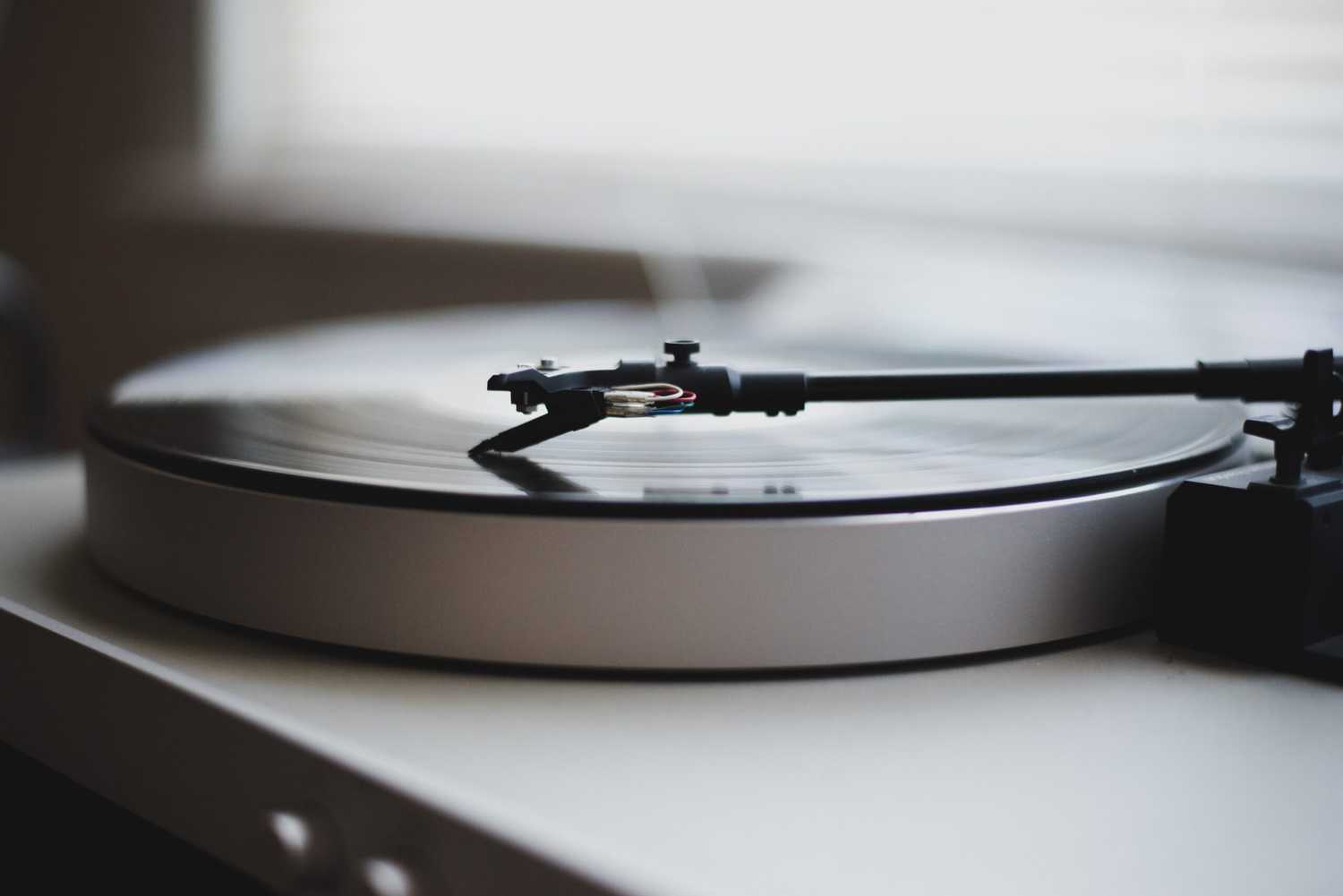In constructing a bespoke ‘go-to’ assortment of sounds it’s quite possible to flip the script with your bad workflow habits to finally give yourself the freedom to make those all-important creative decisions, with maximum finesse.
At Toolroom Academy, we love nothing more than to develop an artist that oozes with the identity we so often speak of. Often, it’s the artists that are open minded to uncommon sound design and quirky sample selection that are those who cut through in the long term.
In today’s article we list our general tips to help you personalise your sonic brand as an artist.
Before we jump into anything major, let’s take it back to the roots. We believe the most important aspect of the creative process is to be original. Some production techniques and styles within certain genres should always stay the same, as that is often what makes it what it is. But, beyond the precise framework it should be your duty as an artist to place a heavy emphasis on making some things sound different.
These days, the current dance music scene is far too saturated for any newcomers that aren’t offering something new. So, think about how you want to develop your sound, and think about how you’re going to avoid sounding like everyone else.
Creating a new and improved sound production library brings the perfect opportunity to do some much-needed purging. Before filling your lovely new filing system with average samples, delete those that do need meet your new standards of sound quality and practicality. Let ‘em burn.
It’s important to spend a bit of time of each section so that you can really get down to the nub of what your sound is. Don’t be afraid to get rid of well over half of your samples that don’t cut it. This way you can be certain that what you have left is the crème of the crop and more importantly, representative of you.
Having 70 snares or high hats that sound incredible is much more useful than having 3000 that sound average and flat.
Now you have a tight collection of samples in your repertoire it’s time to start filing them into your newly designed organisation system. To make the most out of this, it’s your responsibility to create a system that works best for you.
The goal is to consolidate all of your sounds in a way that enables easy and fast access. If you can collect any sample that you wish at any given time, simply and easily accessible – your work is done. Starting with a genre and filtering down to instruments is a great place to start.
Second to this, it’s often good practice to create a sub-section aside of your main samples exclusively for the top-tier samples, a collection of your golden favourites, if you will. If you like, these go-to’s could provide the backbone to the majority of your records, it’s these touchs that often define your sound.
When it comes to sound development, it’s important to always have an open mind, whilst learning new things and improving your mistakes. With the amount of resources around you as a music producer, coupled with some hard work, we can guarantee that it will pay off.
Start building your personalised ‘brand’ library today with our quirkiest sample pack to date – UK HOUSE
